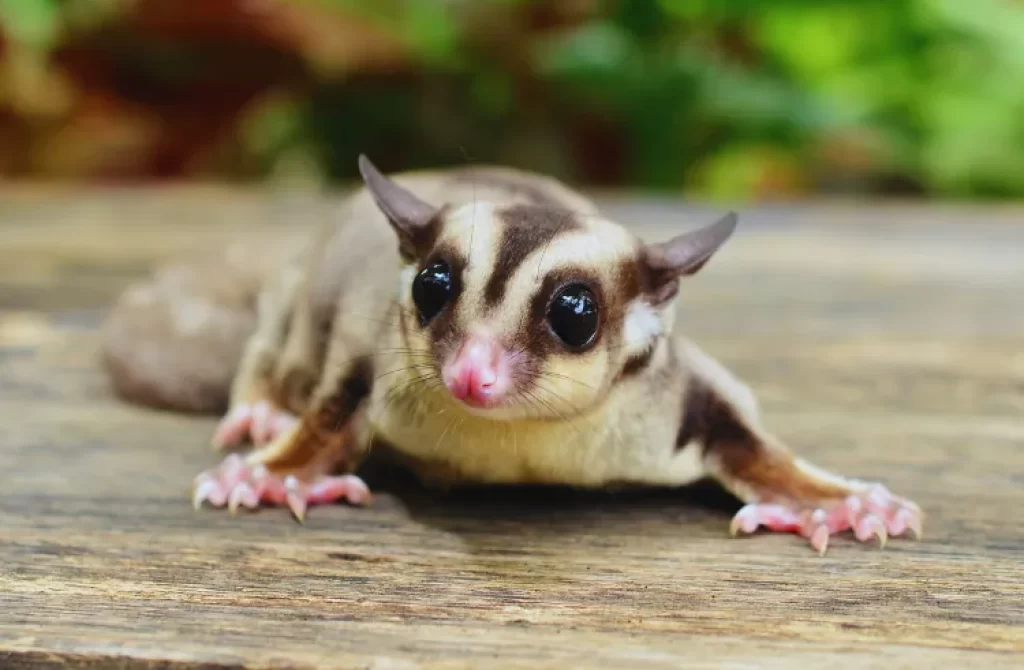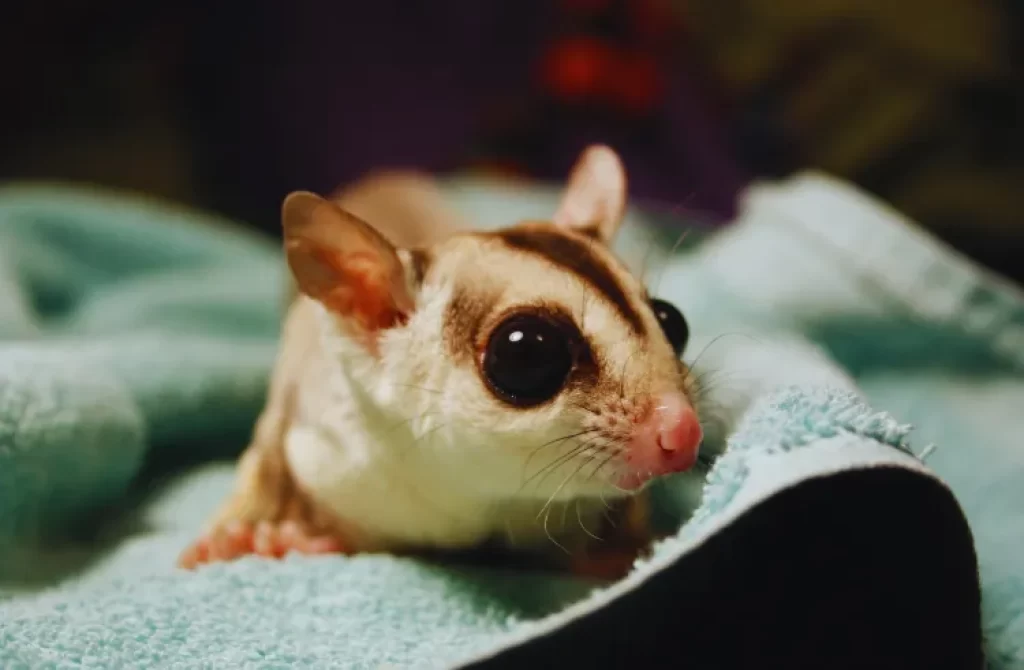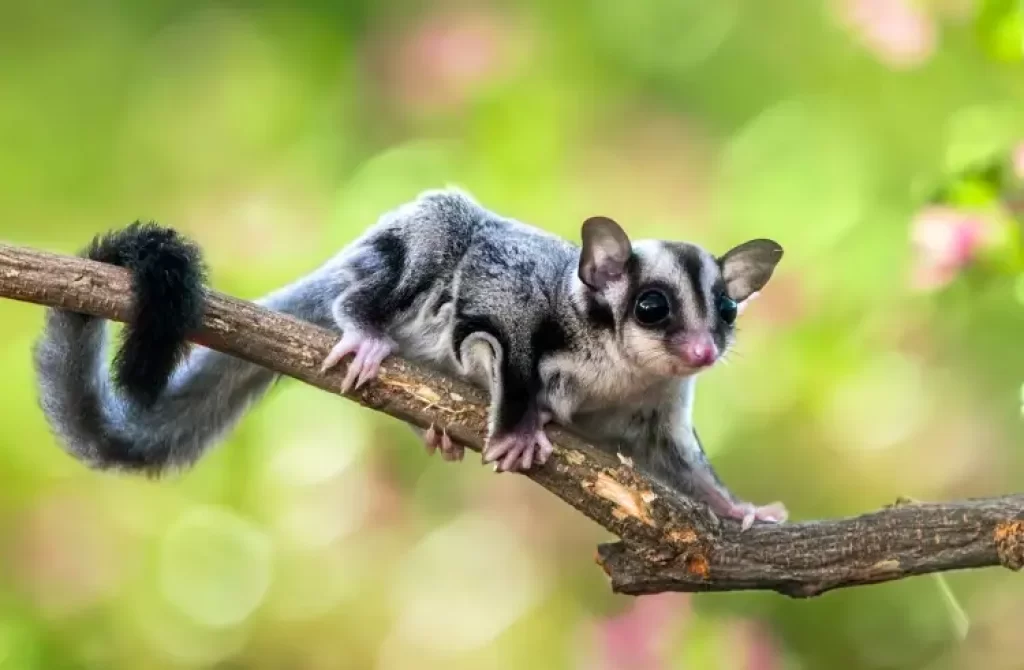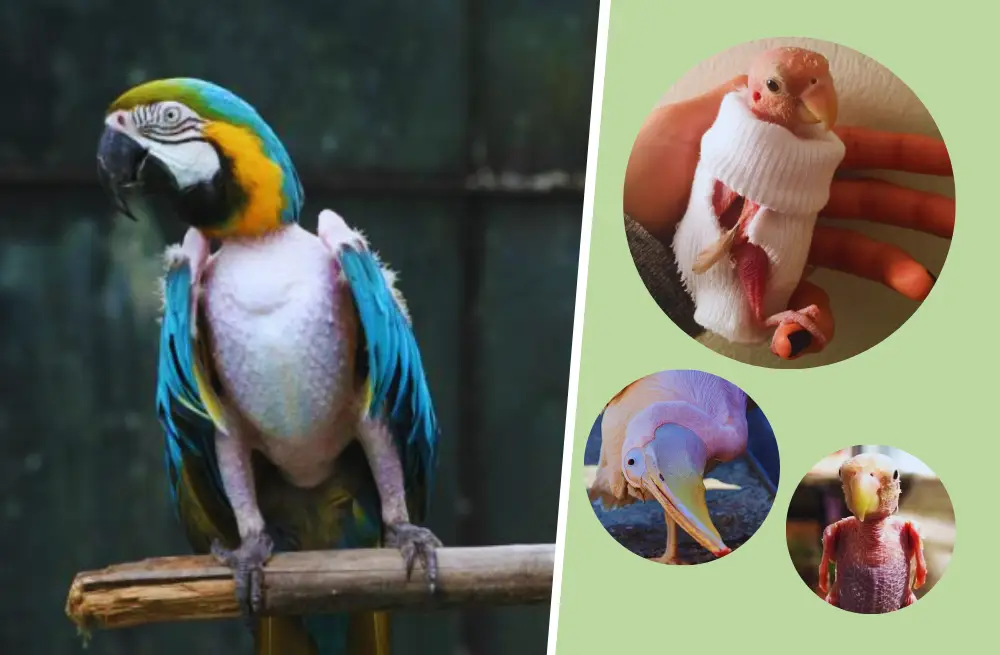Sugar gliders are undoubtedly adorable marsupials that have captured the hearts of people all around the world, finding their way into homes as beloved pets.
As with any new addition to the family, there is much to learn about these captivating creatures. While you may already be knowledgeable about providing the right food and creating a suitable habitat for your sugar glider, there are still some aspects that might leave you seeking further understanding.
Among the frequently asked questions about sugar gliders, one of the most common is regarding the number of babies they have in a litter. This curiosity often arises when owners have multiple sugar gliders and wish to comprehend their reproductive patterns. It is indeed typical for female sugar gliders to have small litters, usually consisting of 1 to 2 babies. Understanding the frequency of their births is equally significant.
Fun Fact: Female sugar gliders typically reproduce once or twice a year, with the ability to become pregnant approximately every 35 to 40 days.
Let’s explore more about the reproductive habits and development of sugar glider babies.
The Breeding Cycle

Sugar gliders have a distinct breeding cycle that is influenced by various factors. These factors include environmental conditions, availability of food, and the female’s overall health and age.
In the wild, sugar gliders usually breed during specific seasons, while those in captivity may breed year-round. Female sugar gliders typically experience estrus cycles every 29-38 days, signaling their readiness to mate.
Males actively court females through various behaviors, such as scent marking and vocalizations. Once a female is receptive, mating occurs, leading to the potential for litters of joeys.
Gestation and Birth
After successful mating, female sugar gliders undergo a relatively short gestation period of approximately 16 to 17 days. This remarkably short gestation period is due to a phenomenon called embryonic diapause.
Embryonic diapause allows the development of the embryo to pause until favorable conditions for survival are present. When conditions are suitable, the development resumes, resulting in the birth of tiny, underdeveloped joeys.
During each breeding cycle, female sugar gliders can give birth to a litter of joeys. The typical litter size ranges from one to two joeys, although occasionally, litters of three or more joeys may occur.
It’s important to note that the number of joeys in a litter can vary, and factors such as the female’s age, health, and environmental conditions may influence litter size. The arrival of these adorable joeys brings excitement and joy to sugar glider caretakers and researchers alike.
Once the joeys are born, they are extremely small, weighing only around 0.2 grams. They are blind and hairless, relying completely on their mother for survival.
Their underdeveloped state is due to the short gestation period, as their continued growth and development take place inside the mother’s pouch. The mother’s pouch provides a nurturing and protected environment where the joeys can grow and thrive until they are ready to explore the world outside.
Life Inside the Pouch
The pouch of the female sugar glider plays a vital role in the development and nurturing of joeys. Shortly after birth, the joeys instinctively crawl their way into the mother’s pouch.
This behavior is guided by the mother’s licking behavior, which helps guide them towards the pouch opening. Once inside the pouch, the joeys locate and latch onto one of the mother’s four teats.
The teats provide milk and essential nutrients necessary for their growth and development. The pouch provides a safe and warm environment, resembling a second womb, where the joeys continue to grow and develop.
Development and Growth

Inside the pouch, the sugar glider joeys undergo rapid growth and remarkable changes. Over time, their bodies transform, and their underdeveloped features gradually develop. Their fur begins to grow, covering their initially naked bodies.
Their eyes remain closed initially but eventually open, allowing them to perceive their surroundings. As they grow, they start to exhibit exploratory behaviors, becoming more active and curious within the confines of the pouch.
Nurturing the Joeys
The mother sugar glider plays a crucial role in nurturing and caring for her joeys. She provides continuous warmth, grooming, and protection within the pouch. As the joeys grow and become more independent, the mother will start to leave the pouch for short periods to forage for food.
During these times, she may leave the joeys safely tucked inside the nest or hidden in a safe location. As the joeys mature and become more developed, they will gradually venture out of the pouch, exploring their surroundings and learning essential skills for survival.
Special Considerations for Caretakers
Caring for sugar glider joeys requires special attention and knowledge. If you are a caretaker of sugar gliders, consult with experienced breeders or veterinarians who can provide guidance on proper care.
It is crucial to ensure a safe and enriching environment for the joeys, with appropriate housing, a balanced diet, and regular health check-ups. Caretakers should also be prepared for the time and commitment required to provide adequate care and socialization for the growing joeys.
How Often Do Sugar Gliders Mate?
Sugar gliders have a unique reproductive cycle that allows them to mate throughout the year, given they have sufficient protein in their diet. This means that female sugar gliders can potentially become pregnant up to three times annually, leading to the birth of around six adorable joeys during that period.
Interestingly, male sugar gliders may exhibit a desire to remain with the female during the pregnancy and birthing process. However, it’s important to note that each female has her own preferences, and some may prefer solitude during this time.
Respecting the female’s wishes and providing her with a calm and stress-free environment is crucial. It’s recommended to keep the male separated until after the babies are born to ensure the female’s comfort and the safety of the newborn joeys.
Is It Legal to Breed Sugar Gliders in the US?

In 2007, the breeding requirements for sugar gliders in the US underwent changes. The USDA decided to remove the previous rule that mandated a license for breeding or selling sugar gliders. Now, individuals can own up to three breeding females without needing a license.
Opinions on these changes among reputable breeders are divided. Some feel that the new regulations may not be beneficial, as they could lead to an increase in inexperienced or irresponsible breeders who may not prioritize the well-being of the animals.
However, supporters of the revised regulations argue that responsible breeders will continue to prioritize the health and welfare of sugar gliders, regardless of licensing requirements. They believe that the changes provide more freedom for responsible breeders to continue their activities without unnecessary bureaucratic hurdles.
It’s important for anyone interested in breeding sugar gliders to research and understand the specific regulations and ethical considerations in their area. Responsible breeding practices and the well-being of the animals should always be the top priority to maintain the reputation of the breeder community.
Conclusion
In conclusion, having a solid understanding of the reproductive behavior and needs of sugar gliders is essential for their proper care and well-being.
By knowing the number of babies they typically have in a litter, how to support the mother glider in caring for her young, and when to separate females, you can ensure the happiness, health, and safety of your sugar glider community.
Remember, responsible ownership and education are key to providing the best possible environment for these remarkable and adorable creatures.
Up Next:
- Sugar Glider (Petaurus breviceps)
- What Do Wombats Eat?
- Owning a Sugar Glider
- How Much Does a Kangaroo Eat Per Day?
- Do Sugar Gliders Have a Pouch?
Frequently asked questions (FAQ)

Can a sugar glider have 3 babies?
Yes, although it is less common, sugar gliders can occasionally have three babies in a single litter. While the typical litter size for sugar gliders is one or two joeys, there have been instances where three joeys have been born.
These occurrences are considered to be more unusual, and the majority of sugar glider litters consist of one or two joeys. The exact number of babies in a litter can vary based on factors such as the health and reproductive condition of the mother.
Can 2 male sugar gliders live together?
Yes, male sugar gliders can live together, but it’s important to introduce them gradually and monitor their behavior for compatibility. Providing enough space, enrichment, and considering neutering can help reduce potential conflicts.
How do sugar gliders give birth?
Sugar gliders give birth through a unique process that involves the female’s cloaca and the pouch. Before giving birth, the female sugar glider prepares by licking a trail from her cloaca (the opening used for reproduction and waste elimination) to the entrance of her pouch. This licking behavior helps create a clean pathway for the newborn joey to crawl into the pouch.
After a gestation period of approximately sixteen days, the female sugar glider will enter labor and give birth. During this time, the male sugar glider may show interest in the birth or even assist the female in the process. The joey, once born, emerges from the female’s cloaca and starts its journey to the pouch.







